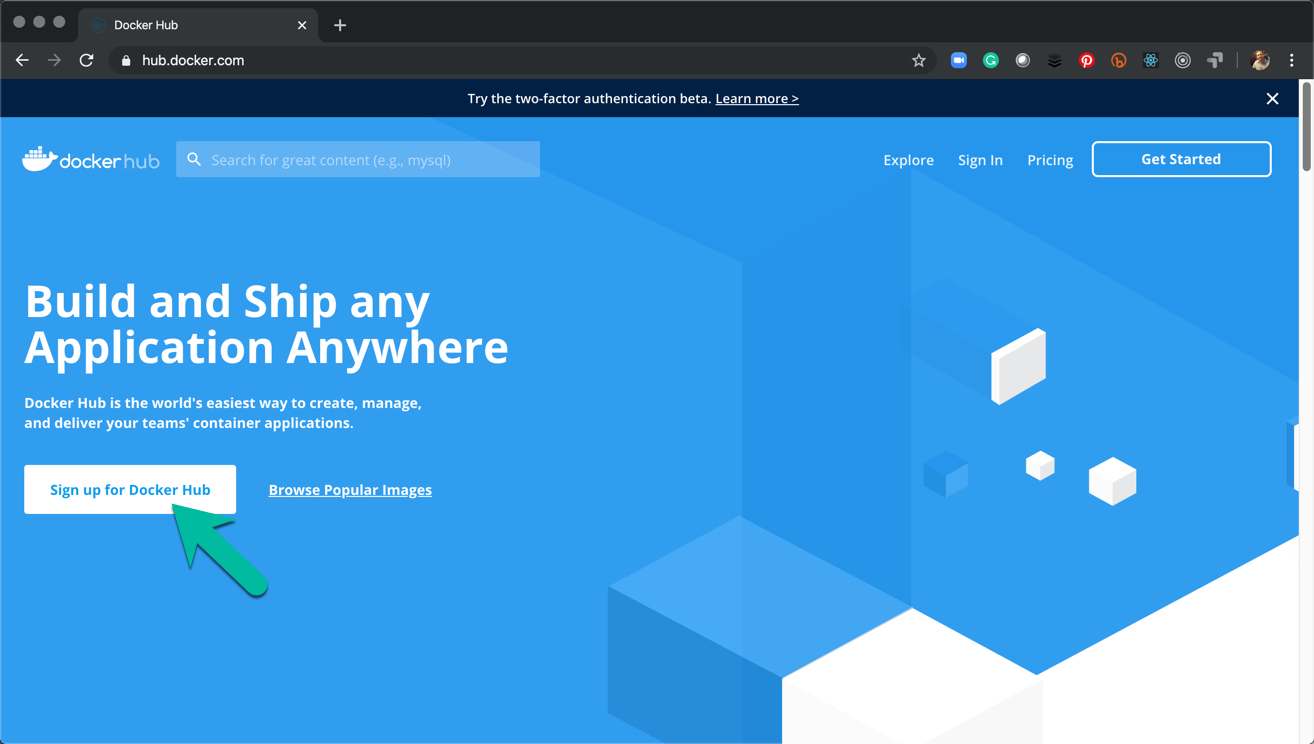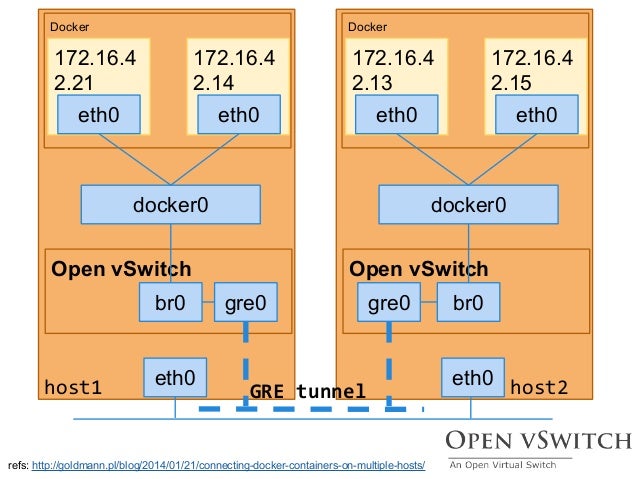

Once it is running, you should be able to see the output of your machine-learning model in the terminal window. You can replace my-image with any name you like.ġ5. Wait for the Docker build process to complete.ġ6. Once the build process is complete, you can run the Docker container using the following command:ġ7. Wait for the container to start up. You should modify it to reflect the actual name of your file.ġ1. Save the Dockerfile in the same directory as your Python script.ġ2. Open a terminal window and navigate to the directory where your Dockerfile and Python script is located.ġ3. Build the Docker image using the following command:ĭon’t forget to put the full stop at the end of the command.ġ4. This command tells Docker to build a new image using the Dockerfile in the current directory (.), and to tag the image with the name my-image. This Dockerfile assumes that your exported Python script is named your_model.py Or any name that you have written.
POSTICO INTO DOCKER INSTALL
Then, copy your Python script into the image and install any required packages. You can do this using any text editor, such as Notepad.ġ0. In the Dockerfile, specify the base image you want to use, such as python:3.9. Create a new text file called Dockerfile in the same directory. Copy your exported Python script into the new directory.ĩ.

Create a new directory for your Docker image files.Ĩ. You can do this by opening your Jupyter Notebook file and selecting "File" > "Download As" > "Python (.py)".ħ. Export your Jupyter Notebook as a Python script.
POSTICO INTO DOCKER HOW TO
HOW TO ENSURE YOUR JUPYTER NOTEBOOK / COLAB / OTHER SCRIPTS CAN BE EXPORTED AND UPLOADED AS A IMAGE ON DOCKERĦ. You can also create a new file and edit it directly in the Windows Terminal by using the command echo "contents" > Dockerfile where "contents" is the content of your Dockerfile. Add the contents of your Dockerfile, such as the base image, the application code, and any other necessary commands. You can use it for reporting bugs, for feature requests, or if you have any questions concerning. There is also a public issue tracker on Github. If you run into any problems at all, or have suggestions for improvements, please contact us via email: posticoeggerapps.at. If you don't have Visual Studio Code installed, you can use any text editor of your choice.Ĥ. We designed Postico to be easy to use for newcomers and specialists alike. Type the code Dockerfile to open the file in Visual Studio Code. Type the command touch Dockerfile to create a new file named "Dockerfile" in the current directory.ģ. Open Windows Terminal and navigate to the directory where you want to create the Dockerfile using the cd command.Ģ. To create a Dockerfile on Windows Terminal, follow these steps:ġ. Download and Install Docker from here and make sure to run it on your PC and check if any other dependencies or versions of Windows have to be installed to run it which Docker Desktop will recommend automatically if not found.


 0 kommentar(er)
0 kommentar(er)
